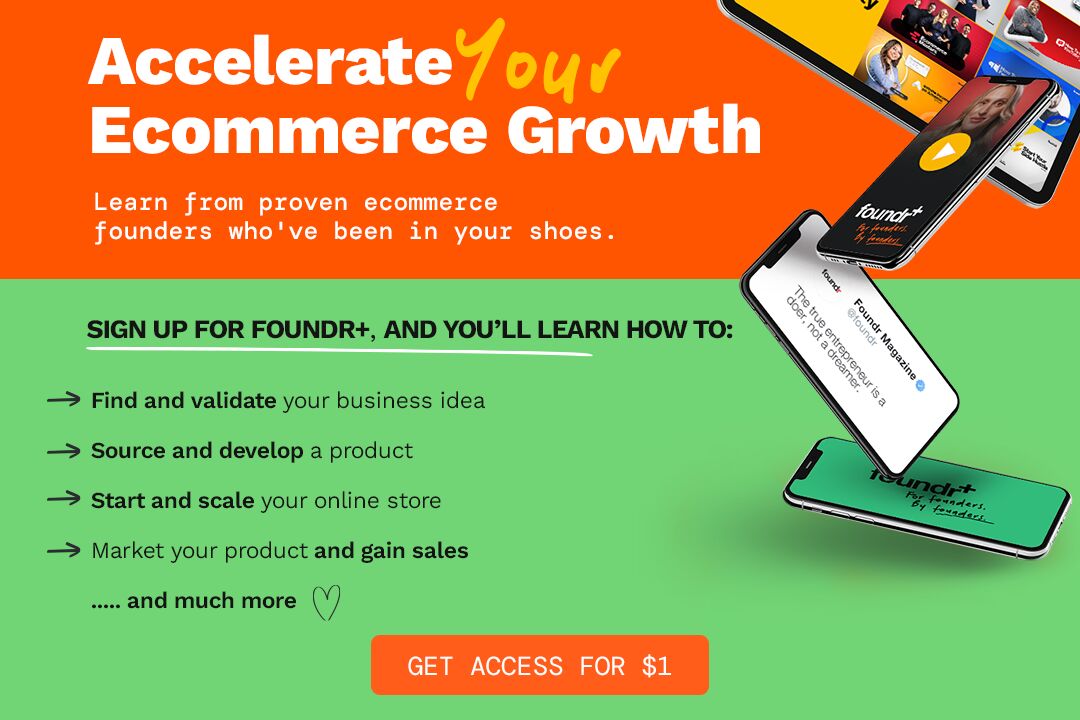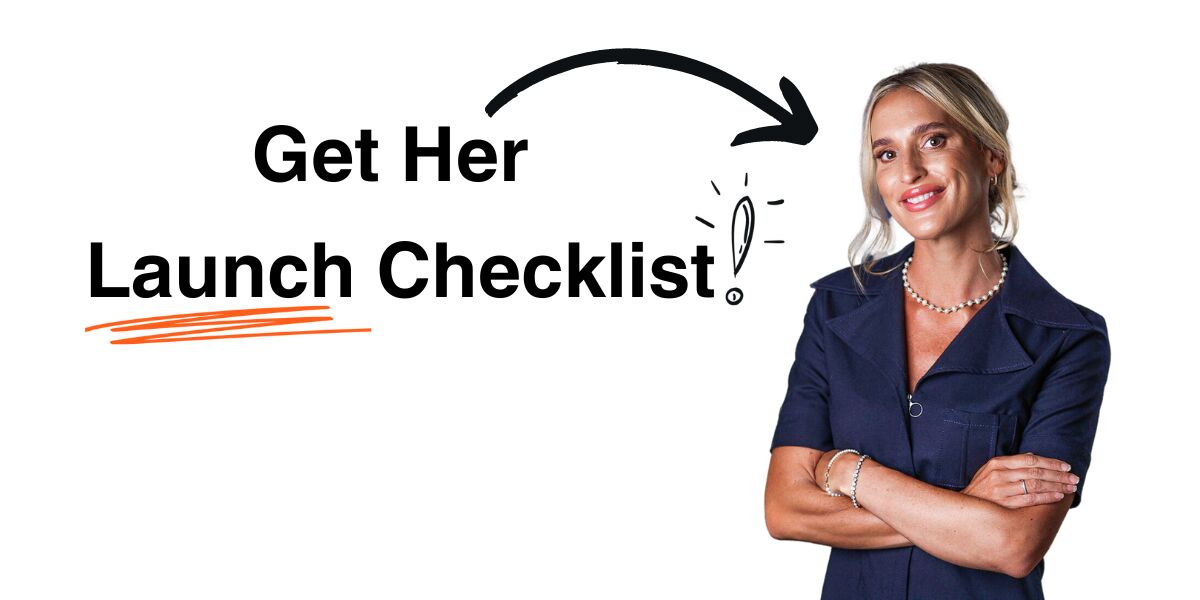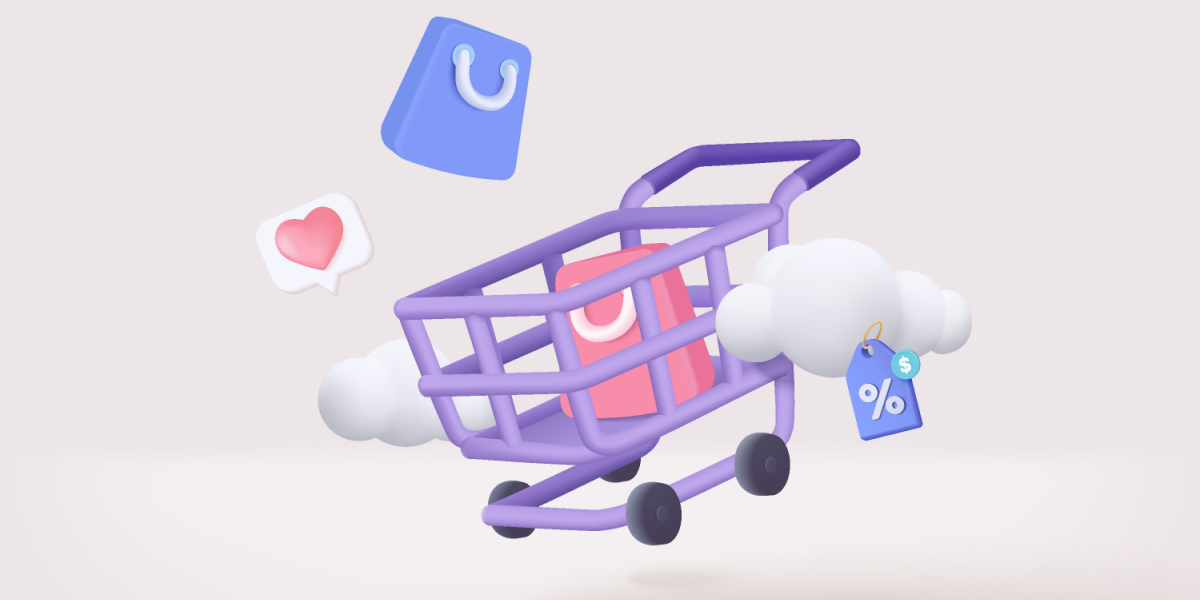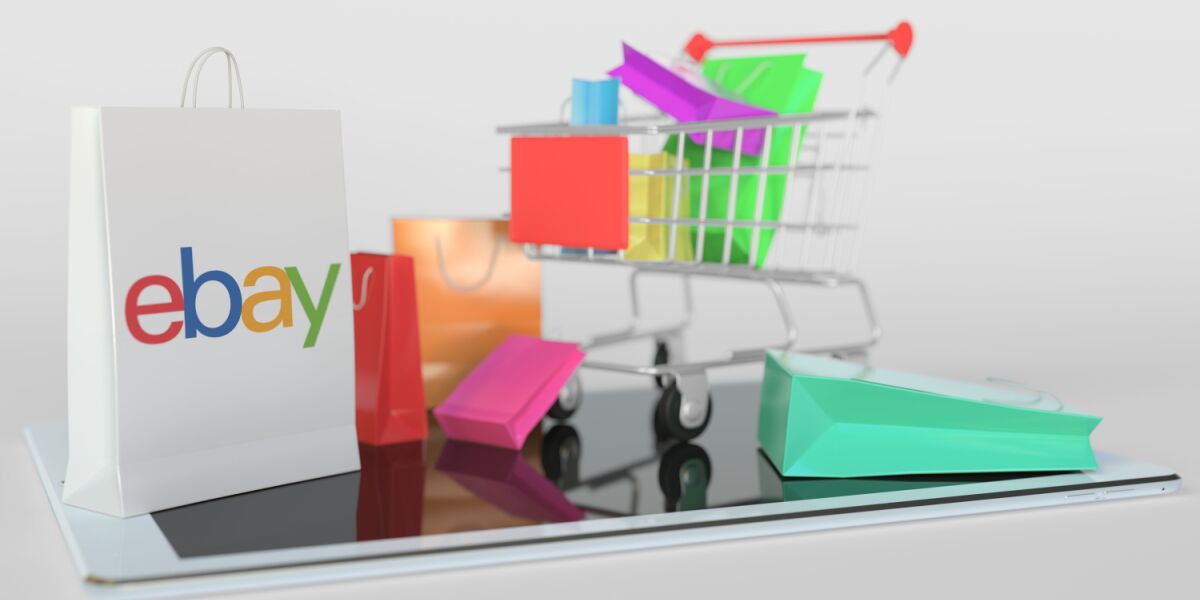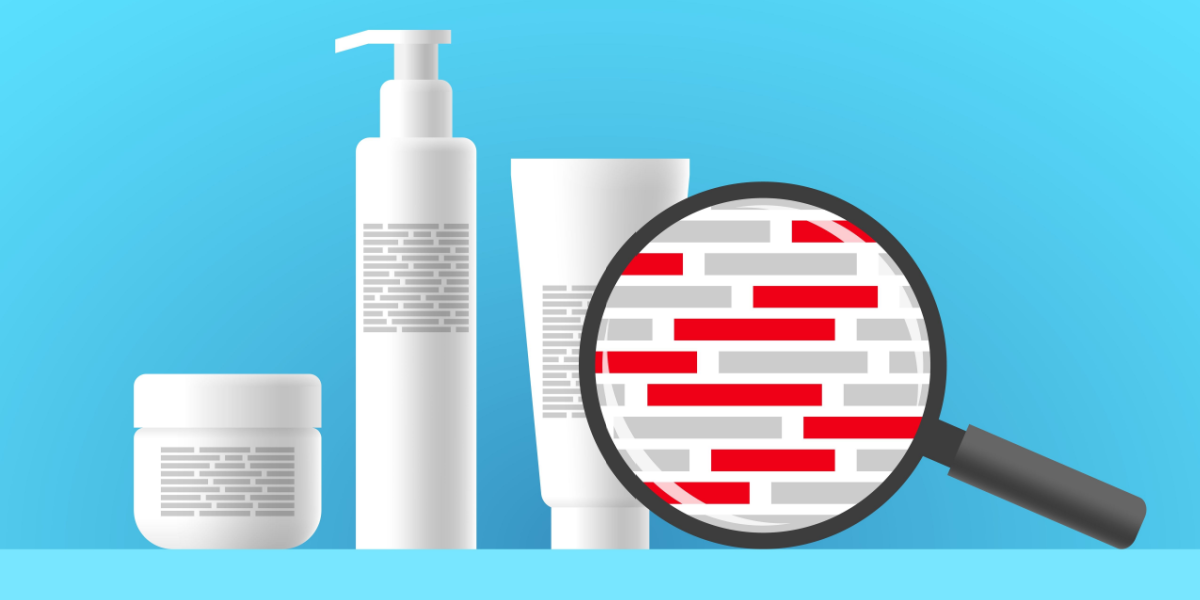Have you heard about the wonders of Fulfillment by Amazon (better known as Amazon FBA) and how it works?
No, it’s not too good to be true.
Amazon FBA is a legitimate way to streamline your storage, shipping, and customer service. You can operate anywhere, at any time, and you can still guarantee reliable, on-time delivery.
However, it’s not free.
You have plenty of Amazon FBA fees to consider in addition to normal referral, refund, and selling fees.
Yet, don’t let the trigger word “fee” deter you. Despite the extra cost, there’s a good chance Amazon FBA is still worth the investment—both from financial and work-life balance perspectives.
Below, we’re going to break down each Amazon FBA fee to help you understand where every penny of your money is going. We’ll also give you calculators to help estimate your costs and expected ROI.
But first—is Amazon FBA worth all the hassle of calculating these fees?
Short on Time? Here are the Types of Amazon FBA Fees
- Fulfillment Fee
- Storage Fees
- Long-Term Storage Fee
- Disposal Order Fee
- Removal Order Fee
- Unplanned Service Fee
- Returns Processing Fee
And here’s Amazon’s calculator tool.
Why Sell Through Amazon FBA?
Amazon FBA might have a few extra costs, but you get a whole lotta bang for your buck. Here are a few reasons you should consider it:
- Piggyback on Amazon’s Reputation: Consumers trust Amazon. When they make a purchase, they know that they’re going to get it (in days, not weeks).
- Provide Super-Fast Shipping: Today’s modern shoppers expect 2-day delivery. Anything more than that, and you’re behind the times. With Amazon FBA, you can keep up with the expedited shipping of even your biggest competitors.
- Consolidate Your Processes: Tired or wary of managing a warehouse, customer service representatives, and shipping teams? Hand it all off to Amazon FBA’s one-stop shop.
- Hand-Off the Nitty-Gritty Work: Running a business is hard enough without having to do all the packaging, labeling, shipping, and customer service yourself. You have bigger fish to fry—hand off the minutiae to someone else.
- Work (or Don’t) On Your Schedule: When you work with Amazon FBA, your products get processed, delivered, and returned on time—whether you’re in the office or on a beach somewhere.
7 Amazon FBA Fees
Now that you’re hyped about Amazon FBA, let’s look at the fees you can expect. Remember, we’re going through a list of Amazon FBA fees—not all of your expenses. You’ll still have general Amazon fees (per-item fees, referral fees, closing fees, etc.), manufacturing, website hosting fees, and more.
Here are the 7 Amazon FBA fees:
1. Amazon FBA Fulfillment Fee
The FBA fulfillment fee is also known as the pick-and-pack fee. Amazon charges a per-unit fee to find, label, and ship items to customers. The fee is determined by the item’s size, weight, and category. Check out Amazon’s rate cards to determine what fulfillment fee you’ll be charged per unit.
First, look at your product type. Next, figure out the sizing tier. Need help figuring out what size package you have? Look at how Amazon determines the product size tier here. After that, you’ll use the shipping weight to determine your per-unit fee.
2. Amazon FBA Storage Fees
Amazon charges a monthly inventory storage fee based on the size of your products. These fees vary depending on your product category and the time of the year.
For example, it often gets more expensive to stock up on inventory just before the holiday season because Amazon has to store extra inventory (for all the other businesses) at that time.
However, you don’t have to guess at this number. Amazon provides rate cards to help you determine your FBA storage fees each month of the year.
3. Amazon FBA Long-Term Storage Fee
Unfortunately, Amazon FBA isn’t somewhere you can just stash your extra inventory—especially if it’s not selling quickly. Amazon charges a long-term storage fee for any item left in storage for more than 365 days.
FBA uses a first-in, first-out calculation to determine the age of your inventory. Some products have shorter long-term storage fees, so make sure you check Amazon’s inventory health manager to identify which items have storage limitations.
4. Amazon FBA Disposal Order Fee
You may want to discard old product that’s not selling and accumulating storage fees. FBA will dispose of your products for you, but it’ll cost a fee. Prices vary depending on the size and shipping weight of your products.
5. Amazon FBA Removal Order Fee
Removal and disposal aren’t the same things. Submit an FBA removal order if you’d like Amazon to return your inventory to you—submit an FBA disposal order if you’d like them to go ahead and trash it.
Removal order fees also vary depending on the size and weight of your products. Note that the prices of a disposal order and removal order are the same. However, if you request a removal order and then decide to dispose of it on your own, that’s likely going to cost you a separate bill with your landfill (unless you’re selling sticky notes).
6. Amazon FBA Unplanned Service Fee
Amazon has strict rules for preparing and labeling your products before shipping them to fulfillment centers. If you get it wrong, you’ll have to pay a per-item fee for them to correct it. These mistakes can also cause selling delays.
7. Amazon FBA Returns Processing Fee
Amazon FBA conveniently handles all returns and exchanges for your products. However, with FBA, many categories of items offer free return shipping. While this may encourage more customers to give your products a try, it might jack up your return rate—and returns aren’t free for you.
You’ll be charged a per-item returns processing fee for any items in the apparel and shoe categories. Returns process fees can be expensive. For example, you could end up paying $2 to $43 per item if your customers make a return.
Amazon FBA Fee Calculator
Don’t want to get out your smartphone and crunch the numbers yourself? No sweat. You’re an entrepreneur—you don’t have to be a mathematician, too.
Try out this plug-and-play Amazon FBA fee calculator to let them do the crunching for you. This is Amazon’s calculator, so you can be confident it’ll be just about spot on.
How to Use Amazon’s FBA Fee Calculator
Using the calculator is pretty straightforward. First, find the product you want to sell on Amazon. If you can’t find the product (or it doesn’t exist yet), enter the estimates for the weight and packaging dimensions.
Next, plug in the self-fulfillment details such as the price of the item, typical shipping costs, storage fees, and cost of goods sold. Once you’re finished, click the yellow button, “Calculate.”
The Amazon FBA fee calculator will process the estimated costs and ROI for fulfillment by you and Fulfillment by Amazon. You can see the head-to-head net profit and margins for the two options.
However, don’t let this final number be the deciding factor. Remember the valuable time you could save that the calculator doesn’t represent.
For example, selling through FBA might yield a little fewer dollars in profit per transaction, but it could save you countless hours of work. That’s time you could be spending managing your business and planning for the future.
Read more: What to Sell on Amazon: 8 Tips to Find Profitable Products
Other Amazon FBA Costs to Consider
Of course, Amazon FBA fees aren’t the only costs that you will encounter on your ecommerce journey.
Fortunately, Melisa Vong, who has built two multi-million dollar brands on Amazon, has made a list of the other costs you need to be aware of:
- Business formation: It’s not something you pay for immediately, but when you start to earn over $10,000 per month for three consecutive months, you will need to get liability insurance, which is only possible with a registered LLC.
- Trademarks: Amazon has its own brand registry tool, which allows you to set yourself apart from competitors. Registering trademarks can take a long time, so start the process early.
- Product inventory: This is where most of your budget should be allocated. Always make sure you have enough saved for your next inventory restock to ensure a smooth delivery process.
- Shipping: Typically speaking, shipping costs aren’t included in the cost of your products, so they are a cost you should be mindful of.
- 3Pl fees: 3Pls are middlemen that you might want to use for inspecting and packing your products, as they are cheaper than Amazon’s in-house version.
- Branding: Brand spending includes packaging, logos, and anything else related to the branding of your product.
- Listing images: High-quality product photography is crucial for a professional look and feel and is, therefore, a cost you must factor in.
- Amazon PPC: This is the built-in pay-per-click promotion in Amazon, where you will be charged for every click made on one of your product ads.
- Product research software: This refers to paid tools that help you identify products to sell under your brand.
- Giveaways and rebates: Promotional tools such as giveaways are highly effective, but they aren’t free. It’s important to factor in the cost of giving products away for free.
Ready to Master Amazon FBA?
The world of Amazon FBA is vast, exciting, and brimming with potential. However, it’s far from simple.
Instead of learning through trial and error, expedite your journey from beginner to FBA pro with our training: How to Sell on Amazon FBA.
Melisa Vong will be your instructor, and Jeff Bezons practically paid for her house. She’s launched 2 multi-million dollar brands on Amazon using her “Prime Product Method,” and now she’s breaking down her formula for success for you.

